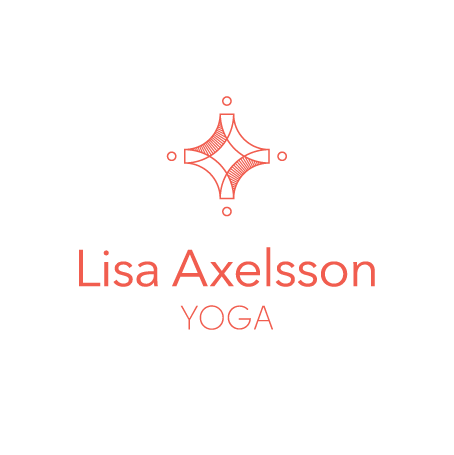Every once in a while, in the middle of work, family, lover, dinners, parties, picnics, studies and gym time your body might begin to feel a little run down, a sure sign that you need some good old rest!
If we can learn to listen to our bodies messages with respect and love, your body will tell you when you need rest. Our bodies are much smarter than we think we are! Feeling exhausted, un-inspired, run-down, fluey, achey, headachey are all signs from your body to tell you to REST. A lot of the time in our modern lifestyles we push through these messages from our body, leading us to become more fatigued and for the symptoms to spread deeper into our body perhaps causing even more harm.
We need to change our attitude to rest, and realise that it is OK to rest when we need it! Listening to your body's messages with love and respect is one of the most important parts of yoga - never mind doing a headstand. There is no need to feel guilty about needing to rest when your body needs it.
It's vitally important to remember that when you are not at your best, nothing you do will be at your best. When you are not cared for, how can you care for someone else?
Not only is it important to take a day once in a while to rest (I promise you the world will not stop just because you are taking this rest) and I know any mothers out there are probably thinking "as if I could ever take a day of rest! but even take an hour, or half an hour or 5 minutes whatever you can, and whenever you can! Not only is it important to rest, but it is also important to use this time of rest wisely.
"I have come to believe that caring for myself is not self-indulgent, caring for myself is an act of survival" Audre Lorde
What is rest? A lot of the time you might think woohoo a day of rest, I'm going to stay in bed sleep all day and watch my favourite series in between sleep. Although this might be physically resting your body, it has been proven that modern technology (think ipads, phones, laptops - anything emitting an electromagnetic field (EMFs)) can cause the following side effects include headaches, dizziness, sleep disorders, benign tumours, dementia and Alzheimer's (this article has a lot more info on EMF's and the damage they cause us and how we can reduce this potential damage). So the sleep that you are getting in between watching the latest 'House of Cards' episode might not be the truly restful sleep that your body needs.
I really believe that mental stress and exhaustion also has a very physical effect on our bodies, and is much of the reason why we do feel so run down. So when we do rest, why do we neglect to rest our minds too? Remember that your body and mind are intrinsically connected. Watching a series or movie is hardly resting for our minds, and as mentioned above it means the sleep we do have may not be the healing sleep that we need.
Here are a few tips to help you get some real, healing rest for both body and mind:
- Do not feel guilty about taking some time to rest for you, the world will go on. Instead of associating this time with feelings of guilt, enjoy it, be positive and know that it will pass and you will be back to 100% in no time!
- Rather than watching your favourite series/movie, try to disconnect from your phone, your laptop, your ipad etc etc. Take some time to get comfortable, close your eyes and focus just on your breathing: this breath coming in & this breath going out. Each time you notice yourself distracted in thought again thats ok, just let it go and come back to your breath. Try to find a quiet place inside you, and just let yourself be there without having to do anything or please anyone. NOTE: you may very well fall asleep during the breathing which is totally fine :-) obviously sleep is what your body really needs today, and it should be a healing, restful sleep.
- Once you feel a bit more connected to yourself with your breath, ask yourself: How do YOU really feel today? What does your body really need today? Is there something in particular that has made you feel like this that maybe you could think about changing?
- Have a warm bath with a few drops of lavender oil in and again, close your eyes and just breathe.
- If you find you really cannot focus on just breathing for too long and you can't sleep but 'NEED' to do something else, first I'd suggest asking yourself WHY you need to do something else? And then if you still really need to do something I'd suggest reading your favourite book, but please please try to stay away from phones/ipads/laptops!
Your body works so hard for you all day every day; treat it like your temple, and give it some time to replenish. You wouldn’t leave your car to run without a service! You even let your computer sleep! Treat yourself with even that level of respect.
Take care of yourself
xx



